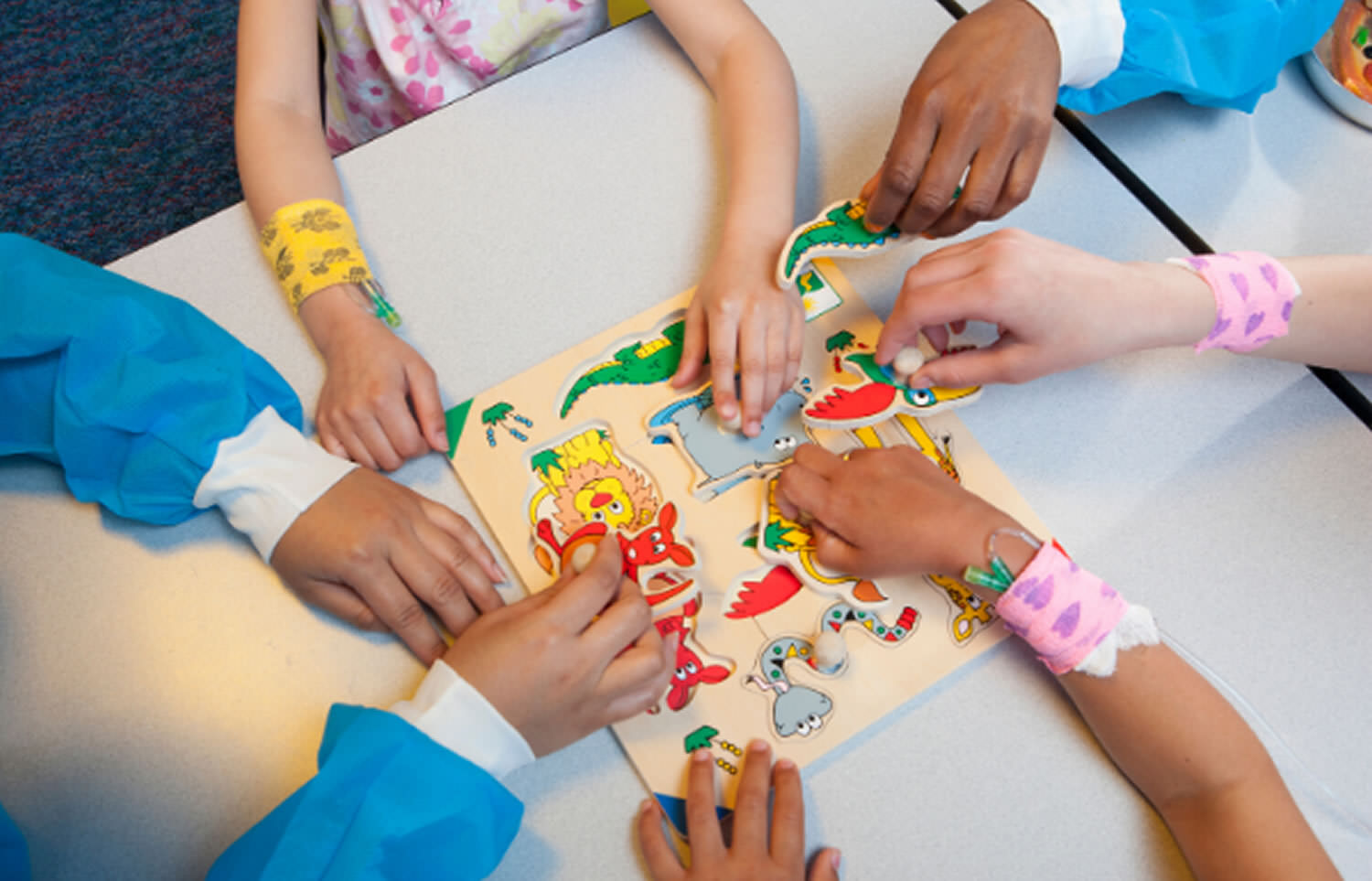The mission of the Bridge to a Cure Foundation is to increase the pace and success of childhood cancer research. In order to do that, we need to remove barriers to finding cures and effective treatments.
In our last blog, we explored why the clinical trial process is one such barrier, including the fact that few new drugs have been developed for treating children with cancer, and that the few drugs that have been developed have not resulted in cures, but have been appallingly harmful. In this blog we examine some possible solutions.
Acknowledgement of the problem and its cause
Rectifying persistent unsolved problems begins with the acknowledgement that there is a problem, and agreement as to the root cause of the problem. Our prior blog provided evidence that:
- Our childhood clinical trial approach is a serious problem.
- We know the root causes contributing to the problem.
- Those participating in the clinical trial process are aware of the magnitude of the problem and its causes.
Why it has not been resolved
If the medical community knows this, why hasn’t the problem been resolved? There are three overarching reasons:
- Methodology – It relies on a problem/solution approach whereas what is needed is a process improvement approach.
- Money – The population of children with cancer is too small for pharmaceutical companies to invest in. Funding for clinical trials is not typically covered by federal grants, and federal laws meant to encourage drug companies to invest in pediatric clinical trials have not been very effective, according to an article titled “Drug Discovery: A Challenge for Pediatric Cancers,” published by Johns Hopkins Medicine. Bottom line, the money isn’t there. “We are completely at the mercy of the drug company as to whether or not it will provide the drug for this study,” pediatric cancer expert Dr. Patrick Brown says in the article. “If it says no, which is the most likely answer, the study doesn’t happen.” This has hindered the efforts of the Children’s Oncology Group, a collaborative of oncologists from 220 institutes that does most large clinical trials.
- Matriculation – The investment, government and nonprofit communities are not fully immersed as critical components in an effort to fix our approach to childhood clinical trials.
The solution
The following proposed solutions would hopefully encourage the medical, investment, government and nonprofit communities to make fixing the childhood clinical trial process a shared priority, with a clearly stated mission, strategy, and plan.
Methodology
1. Set vigorous performance standards. There are two problems with the current performance metric of extending a child’s life five years:
- It assumes that extending a child’s life by five years justifies the pain and hardships faced by the child and family. This measurement needs to be revisited. A robust analysis that measures the benefit vs. the risks (pain, financial burden, psychological impact, quality of life) is long overdue.
- It encourages the same past practices that have produced too few breakthrough cures and treatments. We need to set standards that will require greater collaboration and the expanded use of machine technology.
2. Capitalize on the enormous potential of existing and emerging technology:
- Today, laboratory analysis of a child’s cancer is limited to the few samples available from the tumor. Simulating the child’s tumor in the laboratory will provide an unlimited ability to analyze and test treatments. The Broad Institute has had some success and we need to invest more in this.
- The population of children with cancer, as is true for many other childhood diseases and disorders, is too small to benefit from the analytical power of artificial intelligence (AI). Without AI, the treatment and cure possibilities are limited. To address this problem, we need to invest money and minds to establish a dynamic methodology to translate the results from adult clinical trials to inform childhood treatments and cures. This would be a singular funded initiative focused only on this goal.
3. Implement reward and recognition programs that:
- Foster collaboration within and across institutions and industries.
- Include objectives designed specifically to improve the clinical trial process.
- Are linked to a more vigorous performance standard.
Both behavior and performance are most influenced by goal expectations. If we want greater collaboration and more effective/compassionate treatment solutions, the performance goals need to clearly articulate what’s expected.
Money
We will need more than just a fresh approach to generate the funds required to finance the testing of potential cancer cures for our children. In our May 2019 blog we introduced the Millennial Organization to do just that. It revolutionizes the criteria for valuing organizations. The blog provides detailed evidence to support that the time has come for the Millennial Corporation – the organization whose stock value reflects not only sustainable profit growth but also its contributions to improving the human condition. Some reasons we cited to justify this approach include:
- Investors want it: Individuals everywhere are concerned about our country, the world, its people and the environment. The horrors of pediatric cancer are at the top of the list of concerns for many Americans. “For these and other reasons, more people are investing their money to get back more than just a monetary return on their investment. Many are investing to make a positive impact in our country and around the world as well as to feel that societal concerns should be made an important part of their investment focus.” (1)
- Investment companies want it: “Our global goal is to develop a comprehensive, industry-leading platform of research, advice, and products that is dedicated to sustainable investing and philanthropy.” (2)
- It’s already happening: “Over the last two years, SRI (Socially Responsible Investing) has grown by more than 22% to $3.74 trillion in total managed assets, suggesting that investors are investing with their heart, as well as their head. In fact, about $1 of every $9 under professional management in the U.S. can be classified as an SRI investment.” (1) Signatories of the UN-PRI (The United Nations-supported Principles for Responsible Investment) manage $59 trillion.
Children continue to suffer the effects of toxic chemotherapies because drug companies refuse to provide promising immunotherapy drugs. This is an example where investors can make a difference, by demanding that pharmaceutical companies invest in clinical trials as part of a move toward socially responsible investing. Now is the time for the investment community and pharmaceutical industry to redefine the metrics for valuing this industry. Pediatric cancer would be a good place to start.
Matriculation
To reinvent the clinical trial process, and to significantly increase the availability of new drugs and treatments for childhood cancer, will require participation and commitment from all cancer related sectors, including:
- Pharmaceutical and investment communities: Develop criteria for valuing a pharmaceutical company’s contribution to improving childhood cancer. This will require shared leadership from both sectors such as the Security and Exchange Commission and the Pharmaceutical Research and Manufactures of America Foundation (www.phrma.org )
- Childhood Cancer Nonprofits and Donors: This community funds both “care” to children/families fighting cancer and childhood cancer research. The “care” support they provide is important and effective. It should be continued. However, the funding of childhood cancer research is not. Instead they should redirect these funds to efforts that will greatly advance discovery by removing barriers to meaningful breakthrough. Fixing the childhood clinical trial process is a good place for them to start.
- Government: Government laws and policies are among barriers to an effective and sensitized clinical trial process. Legislators should assess all such rules to assure they are not “suffocating, discouraging or preventing the research they seek to regulate.”
- Tech companies: As noted above, fixing the clinical trial process will need to include artificial intelligence.
While each sector needs to take responsibility for their contribution to improving the clinical trial process, a holistic approach is still required. Fixing the childhood clinical trial process demands a coordinated effort framed by a shared mission, strategy and plan. We recommend that Dr. Ned Sharpless, NCI Director, lead this initiative.
In conclusion, our clinical trial process is broken. We need a new approach. One that is:
- Sensitized by the horrific journey, modernized by machine technology, and optimized to reward higher performance standards and collaboration.
- Built to reward pharmaceutical companies for investing in childhood cancer research.
- Holistic, with active participation and commitment from each sector.
To read our prior posts providing solutions to improving our approach pediatric cancer research, visit BridgeToACure.org.
The mission of Bridge to a Cure Foundation, a nonprofit fund, is to accelerate the pace and success of childhood cancer research by unlocking the full potential of resources already available today. Our vision is happier, healthier lives for children who face the challenges of this debilitating disease.To learn more about the foundation and add your support, visit BridgeToACure.org.
(1) Forbes, April 24,2013 – Socially Responsible Investing: What You Need To Know
(2) UBS editorial in their March 2015 newsletter.






